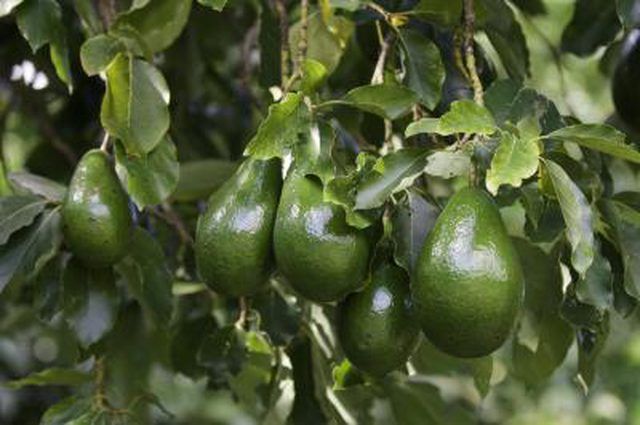Bulbs
Flower Basics
Flower Beds & Specialty Gardens
Flower Garden
Garden Furniture
Garden Gnomes
Garden Seeds
Garden Sheds
Garden Statues
Garden Tools & Supplies
Gardening Basics
Green & Organic
Groundcovers & Vines
Growing Annuals
Growing Basil
Growing Beans
Growing Berries
Growing Blueberries
Growing Cactus
Growing Corn
Growing Cotton
Growing Edibles
Growing Flowers
Growing Garlic
Growing Grapes
Growing Grass
Growing Herbs
Growing Jasmine
Growing Mint
Growing Mushrooms
Orchids
Growing Peanuts
Growing Perennials
Growing Plants
Growing Rosemary
Growing Roses
Growing Strawberries
Growing Sunflowers
Growing Thyme
Growing Tomatoes
Growing Tulips
Growing Vegetables
Herb Basics
Herb Garden
Indoor Growing
Landscaping Basics
Landscaping Patios
Landscaping Plants
Landscaping Shrubs
Landscaping Trees
Landscaping Walks & Pathways
Lawn Basics
Lawn Maintenance
Lawn Mowers
Lawn Ornaments
Lawn Planting
Lawn Tools
Outdoor Growing
Overall Landscape Planning
Pests, Weeds & Problems
Plant Basics
Rock Garden
Rose Garden
Shrubs
Soil
Specialty Gardens
Trees
Vegetable Garden
Yard Maintenance
Avocado Tree Zones
Avocado Tree Zones. Avocados originated in Mexico and Central America. The first records of avocados were discovered in Aztec writings, and avocado seeds were discovered buried inside Aztec cities along with other rubble. (The modern name "avocado" actually comes from the Aztec word "ahuacati," meaning testicles, which described...
Avocados originated in Mexico and Central America. The first records of avocados were discovered in Aztec writings, and avocado seeds were discovered buried inside Aztec cities along with other rubble. (The modern name "avocado" actually comes from the Aztec word "ahuacati," meaning testicles, which described how the avocado fruit looked hanging on the tree.) Avocados are now grown in warm and tropical climates around the world.
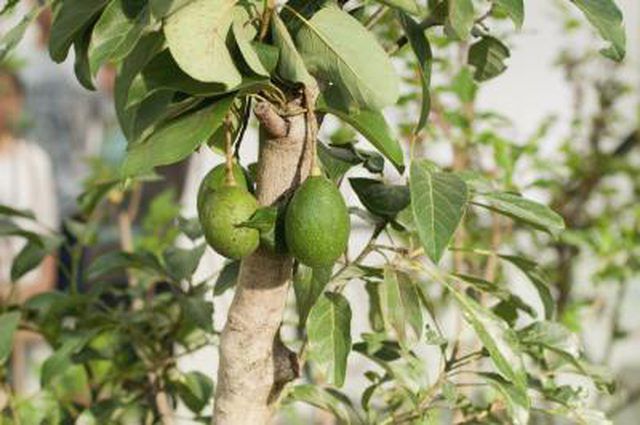
The preferred climate and zone for avocados is a climate with warm temperatures year-round. The tree is a tropical plant and does not like frost or temperatures under 50 degrees Fahrenheit. Avocado trees prefer high humidity of 60 to 80 percent. They can also grow in dryer climates (with no less than 40 percent humidity), but more problems may occur with the fruit or tree. The tree needs a high level of moisture and plenty of nutrients in the soil.
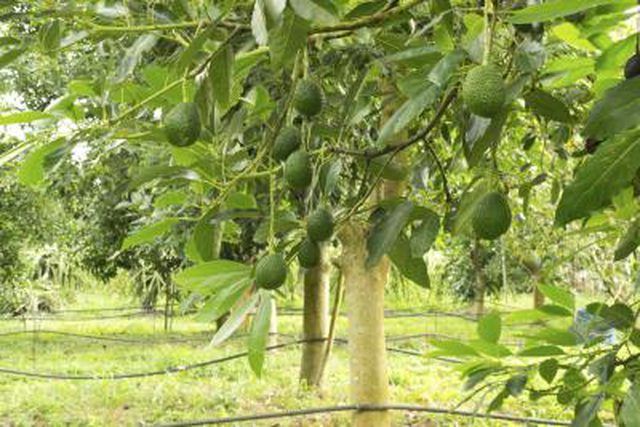
Mexico, Central America, and some regions of South America have the frost-free climate, high water quality and rich soil necessary to keep avocados healthy. About half of all avocados sold in the United States come from Mexico, with Indonesia and the USA growing an additional third. The rest of Central America and South America make the rest of the percentage of avocados grown for U.S. import.
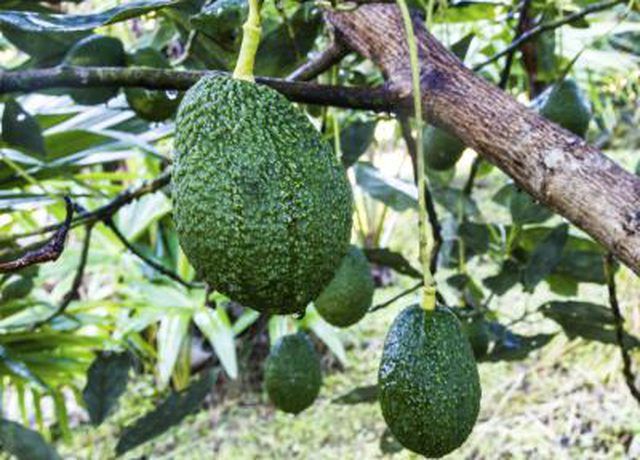
It is possible to grow avocados in the United States in certain conditions. The best growing zones for avocado trees are U.S. hardiness zones 9 to 11. These zones are frost-free and have relatively even climates. All areas in these zones may not be suitable, however, because avocado trees need moisture and rich soil. Many of the warmer zones in the United States are too dry for avocado growing.
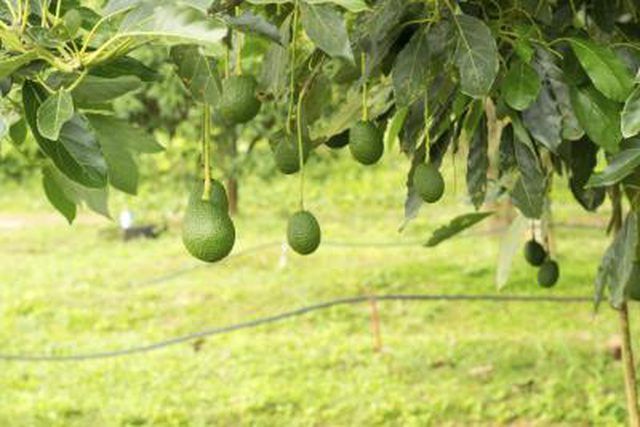
Australia has a large avocado-growing industry, with over 70 varieties grown all over the country. Avocado trees were first introduced to Australia in 1840. The seeds were planted in the royal garden, and it was determined that Australia was an ideal growing climate for avocados. As of 2010, Australia does not export its avocados to any other country, although a plan to export avocados to New Zealand and Asia is in development.
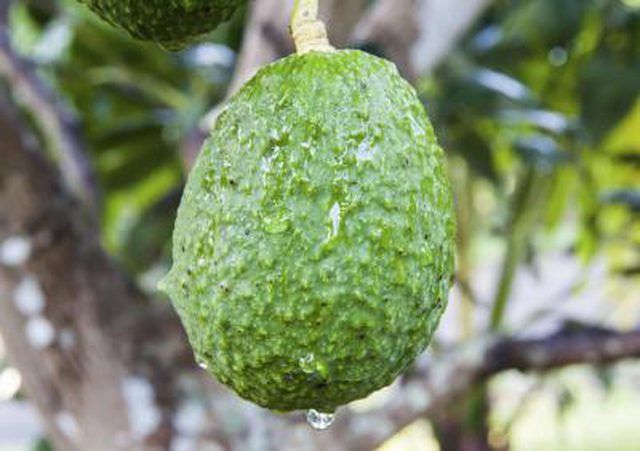
Latitudes at the 0 degree latitudinal mark (right around the equator) grow the healthiest avocados. However, avocado trees can grow between the latitudes of 30 degrees north to 35 degrees south—as far north as Maryland and as far south as South Africa and Australia.
